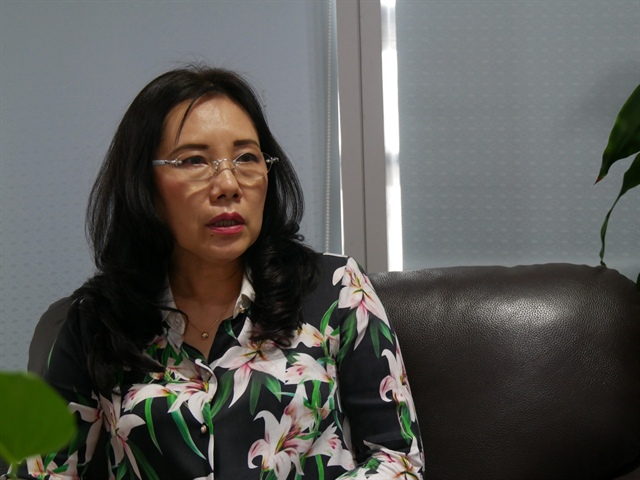Capital, technology shortfalls hobble electronics industry
Capital, technology shortfalls hobble electronics industry
The electronics industry continues to play an important role in Vietnam’s export turnover. However, capital and technological obstacles must be cleared for the industry to make breakthroughs and seize opportunities offered by free trade agreements (FTAs).
Vice President of the Vietnam Association for Supporting Industries (VASI) and Executive Board Member of the Vietnam Electronics Industries Association (VEIA) Do Thi Thuy Huong spoke to Vietnam Economic News’ Hoa Quynh about this issue.
|
The materials, fuel and logistics markets are facing difficulties while COVID-19 is still developing. How do these factors affect the domestic electronics industry?
Vietnam has become one of the world’s major electronics exporters over the last 15 years, leading the country’s processing and manufacturing export turnover.
In 2021, despite the COVID-19 outbreaks which had a negative impact on the economy, the industry still grew quite impressively with a trade surplus of US$11 billion. In the first four months of 2022, export turnover of the industry reached US$39.4 billion, yielding a trade surplus of US$3.12 billion.
This is quite a positive sign in terms of government management and the significant contribution of Vietnam’s electronics industry to the country’s exports, trade balance, and economic added value.
What benefits and opportunities do Vietnam’s many FTAs present for the electronics industry?
The FTAs that Vietnam has joined, such as the EVFTA and CPTPP, have very significant meaning for the electronics industry. They have brought new driving forces to the industry such as increased foreign direct investment (FDI) and high technology, or more prestigious international partners.
Apart from these benefits, electronics enterprises will inevitably face new challenges stemming from the very high requirements of their partners. Therefore, in the coming time, we propose that management agencies, ministries, including the Ministry of Industry and Trade, and Vietnamese trade representative agencies abroad provide specific consultancy for electronics businesses to ensure they can meet technical specifications according to international commitments.
The low localization rate has long been considered the weakness of the electronics industry. How can this problem be addressed?
Despite a young, abundant labor force that can meet supplier standards and requirements, we must acknowledge that the domestic added value in this industry remains very low due to lack of capital and technology as our businesses are mainly small and medium-sized ones. Therefore, these two bottlenecks in capital and technology must be resolved.
I think that it is very difficult for businesses to make it on their own. They need help from the state, including a governmental international marketing strategy.
























